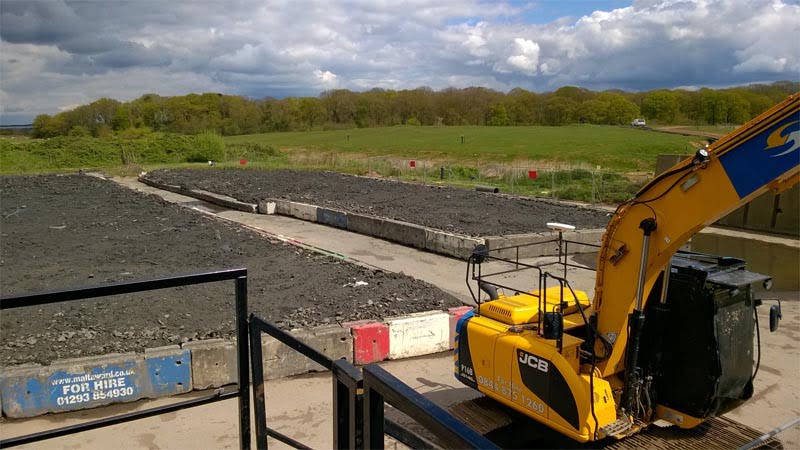The Canal & River Trust has opened a pilot dredging treatment site near Coventry as part of its plans to carry out £80m worth of dredging over ten years. With new legislation, the cost of disposing of dredging via landfill has increased dramatically in recent years, and the site should provide a cost efficient place to process dredgings that aren’t suitable for other uses, such as being spread onto agricultural land or re-profiling eroded canal banks.
It is now illegal to take ‘wet waste’ to landfill, so the Trust has decided to explore other avenues of processing dredgings. Because of the nature of the charity’s dredging work, which can result in lots of material being dredged at once, it is difficult and costly to find companies to take the dredgings. At the treatment site, the Trust is trialling various methods of drying out the dredgings, which will then be reused or, if they are contaminated, safely taken to landfill.
The site has been set up in partnership with Land & Water and FCC Environment Ltd, and the trial is part of investigating the need for, and viability of, setting up a network of such sites. The first 3,500 tonnes of dredged material was taken to the new site in March (with more arriving throughout the year) and the Trust will be monitoring how quickly and efficiently it takes to dry out.
The site includes drying lagoons which drain the wet dredgings. This opens up opportunities for a range of uses for the dredged material including: landscaping; capping for landfill sites and; use in land restoration. The volume of material should dry down by a third on average, which reduces the amount going in to landfill, and the associated costs to the Trust.
Vince Moran, operations director at the Trust, said: “This is great news for boaters. If the trial site proves successful we will have more control over our dredging works. We will be able to plan with greater confidence about the availability of places to deposit the dredged material, which can be notoriously difficult and expensive to get rid of. We’ll also be saving money that will be ploughed back into the waterways. The treatment site has been made possible thanks to our 15-year contract with Government, which gives us the ability to plan for the future.”

